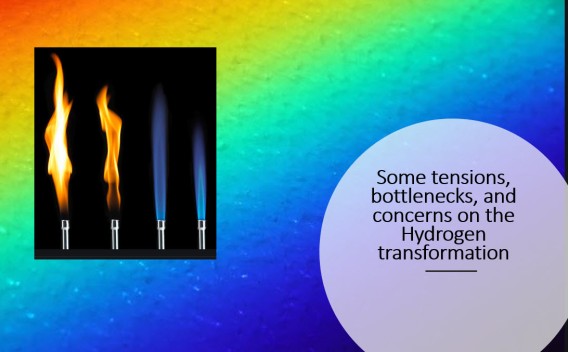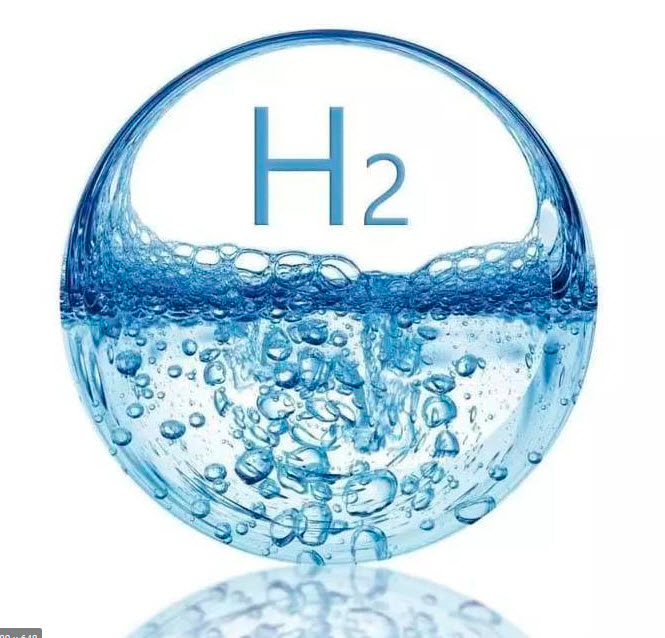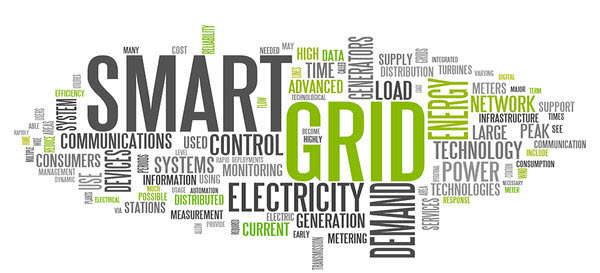
The Hydrogen transition story is still in its early days of becoming a sustainable part of the solutions we need to decarbonize the planet.
Although the use of Hydrogen has been around for years, it is the potential to replace other energy sources at an industrial scale that is exciting. The execution of Hydrogen solutions is a real imperative for this decade to validate and demonstrate.
We need Hydrogen solutions across so many industrial applications as well as a significant contributor to reducing heat in buildings or powering up our vehicles.
What I can see in the Hydrogen story is all technically feasible, but I am having several concerns on the pathway to delivery.
Let’s look at some of the present and future issues that will need to be resolved for Hydrogen to realize a greater future and play its part in the energy transition. I want to here summarize a few of my present concerns over Hydrogen. Continue reading


 Something that will take thirty to forty years to turn from being ambitious and full of intent into realization is hard to relate too. Hydrogen is one of those promised solutions that can potentially allow us to achieve our “net-zero” carbon ambitions that have been “set in stone” (The Paris Agreement) dealing with greenhouse-gas-emissions mitigation, signed in 2016 that we need to achieve by 2050.
Something that will take thirty to forty years to turn from being ambitious and full of intent into realization is hard to relate too. Hydrogen is one of those promised solutions that can potentially allow us to achieve our “net-zero” carbon ambitions that have been “set in stone” (The Paris Agreement) dealing with greenhouse-gas-emissions mitigation, signed in 2016 that we need to achieve by 2050.
 The Smart Grid is evolving and will be essential in the next decade to bring the kind of transformation our existing energy grids require. Infrastructures to be fit for purpose must be fully integrated and smart to manage the increasing complexity and needs of electricity in the 21st century.
The Smart Grid is evolving and will be essential in the next decade to bring the kind of transformation our existing energy grids require. Infrastructures to be fit for purpose must be fully integrated and smart to manage the increasing complexity and needs of electricity in the 21st century. Smart infrastructure connects many parts of the city both physically and digitally. Services that capture the relevant information enable the deployment and introduction of the appropriate assets as the solutions.
Smart infrastructure connects many parts of the city both physically and digitally. Services that capture the relevant information enable the deployment and introduction of the appropriate assets as the solutions. Energy is essential to the modern economy. It provides the vital power source of electricity for industry, for public services and powering infrastructure, as well as resolving domestic activities where heating, lighting, cooking can take place in different ways from traditional wood fires. Our growing reliance on communications, technology, and mobility all are reliant on having this constant source of energy.
Energy is essential to the modern economy. It provides the vital power source of electricity for industry, for public services and powering infrastructure, as well as resolving domestic activities where heating, lighting, cooking can take place in different ways from traditional wood fires. Our growing reliance on communications, technology, and mobility all are reliant on having this constant source of energy.
